There are many reasons dogs are called man’s best friends. They’re loyal and smart, but endlessly childish and sometimes dorky and, most importantly, they always have your back even in the hardest of times.
This K9 fast response unit operating in South Africa always has the backs of their humans when fighting poachers and protecting wildlife, and even do a much better job than their humans. Turns out, in the areas where the Southern African Wildlife College patrol, the success rate of the dogs is around 68 percent, compared to only between three to five percent success rate when there are no doggos around.
A group of dogs have been trained to protect wildlife since they were puppies
Image credits: Caters
Turns out, Southern African Wildlife College in Greater Kruger National Park has a K9 fast response unit that is trained to protect wildlife. All kinds of dogs, from beagles to bloodhounds, begin their training there when they’re still just small puppies and grow up to be a great help for park rangers.
They’ve already saved 45 rhinos in South Africa from being poached
Image credits: Caters
No breed is too small for the K9 fast response unit—the group of dogs range from beagles to bloodhounds
Image credits: Caters
Johan van Straaten, a “K9 Master” at the college, said: “The data we collect for this applied learning project, aimed at informing best practice, shows we have prevented approximately 45 rhinos being killed since the free tracking dogs became operational in February 2018.”
“K9 Master” Johan van Straaten from Southern African Wildlife College in Greater Kruger National Park trains the dogs to handle all kinds of pressure
Image credits: Caters
Their mission is very important, since South Africa holds 80% of the world’s rhino population
Image credits: Caters
“In the areas where the Southern African Wildlife College patrol, the success rate of the dogs is around 68 percent using both on and off-leash free tracking dogs, compared to between three to five percent with no canine capacity,” van Straaten said. “The game-changer has been the free tracking dogs who are able to track at speeds much faster than a human can, in terrain where the best human trackers would lose spoor.”
“In the areas where the Southern African Wildlife College patrol, the success rate of the dogs is around 68 percent using both on and off leash free tracking dogs,” said van Straaten
Image credits: Caters
He also stated that patrols with no canine capacity only have a success rate of three to five percent
Image credits: Caters
Van Straaten said they train Texan black-and-tan coonhounds, Belgian Malinois, foxhounds and blue ticks skills that benefit counter-poaching initiatives—free tracking, incursion, detection, patrol, and apprehension dogs. “They begin training from birth and are socialized from a very young age. They learn how to track, bay at a person in a tree, and follow basic obedience,” he explained.
“The game changer has been the free tracking dogs who are able to track at speeds much faster than a human can, in terrain where the best human trackers would lose spoor,” he said
Image credits: Caters
Turns out, South Africa is the country hit hardest by rhino poachers, so there’s no better place for such a project to take place
Image credits: Caters
“At six months we put all that training together more formally—they do have the necessary skill set to do the work at a younger age, but are not mature enough to handle all the pressures of real operations. Depending on a number of factors, dogs become operational at around 18 months old.”

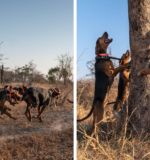
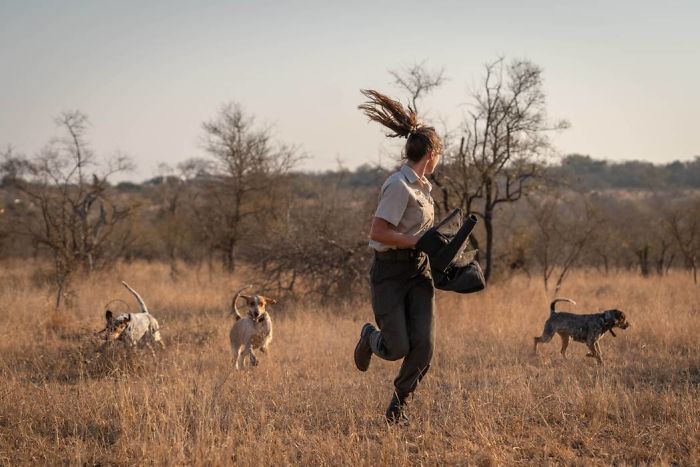
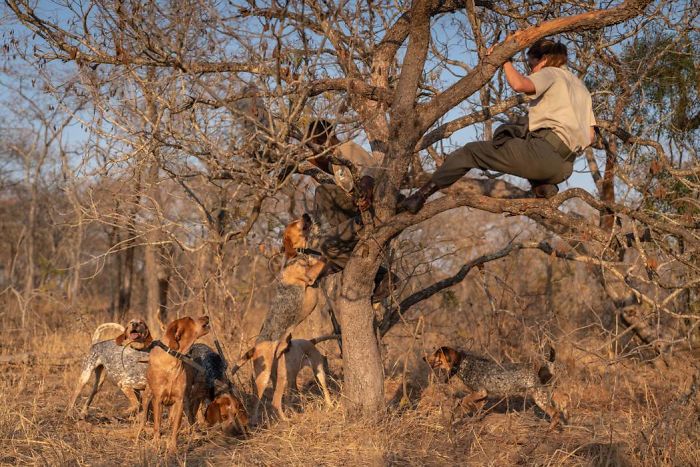
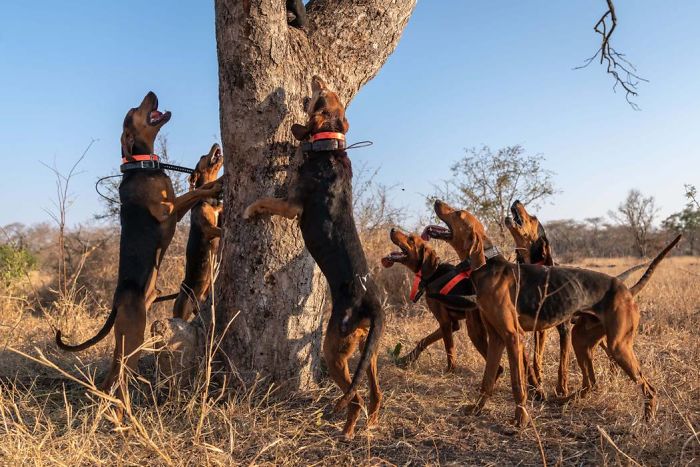
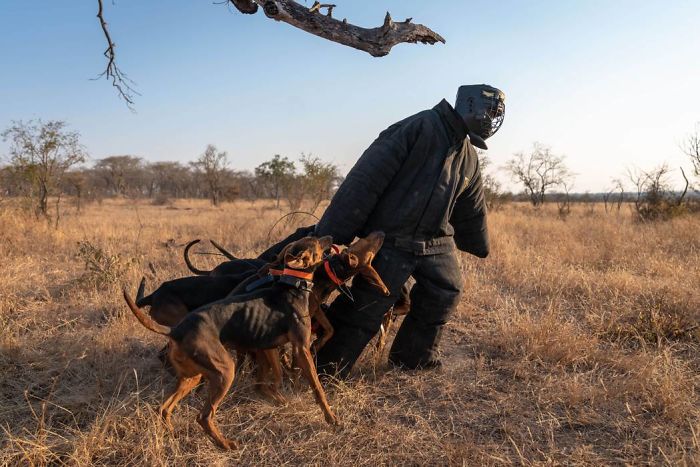
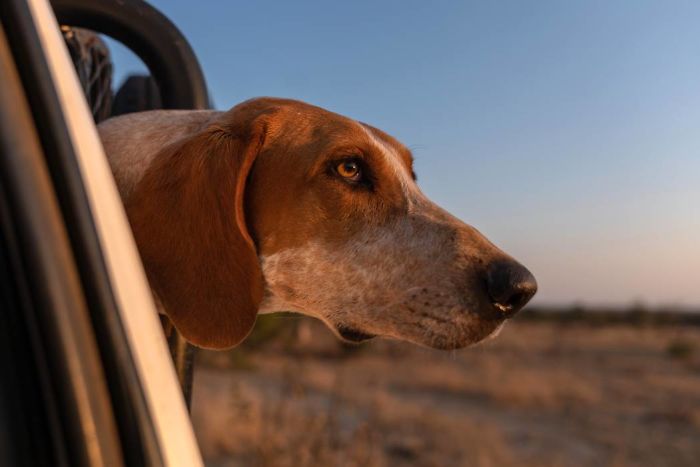
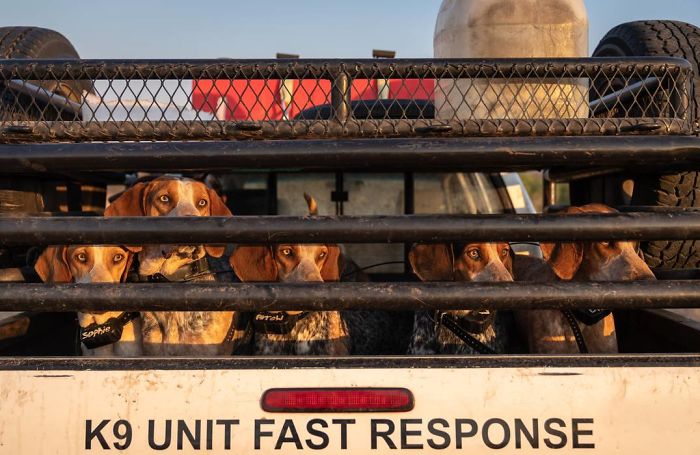
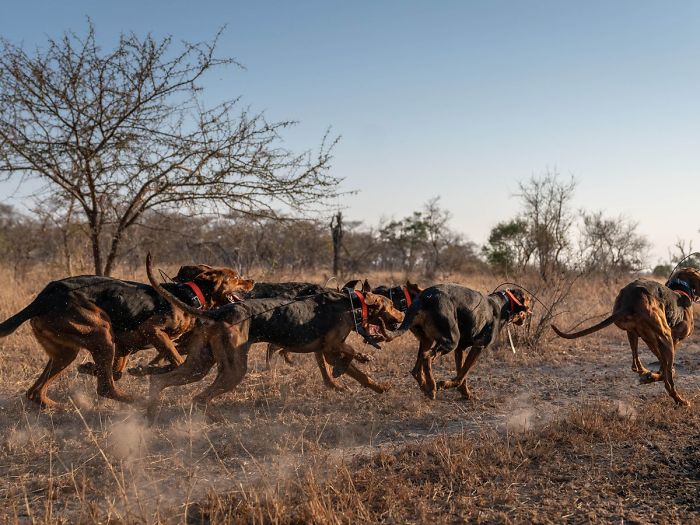
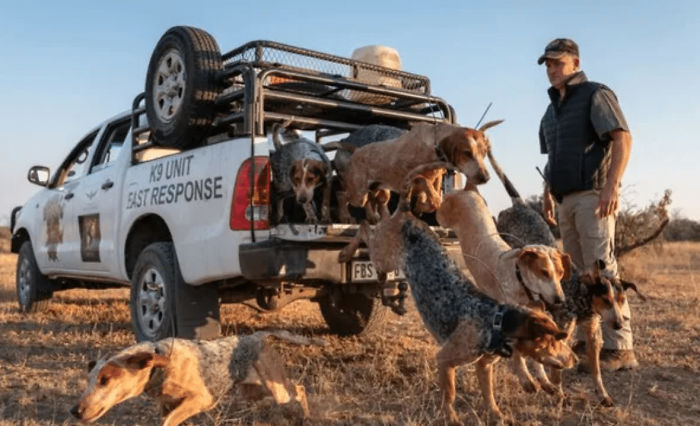
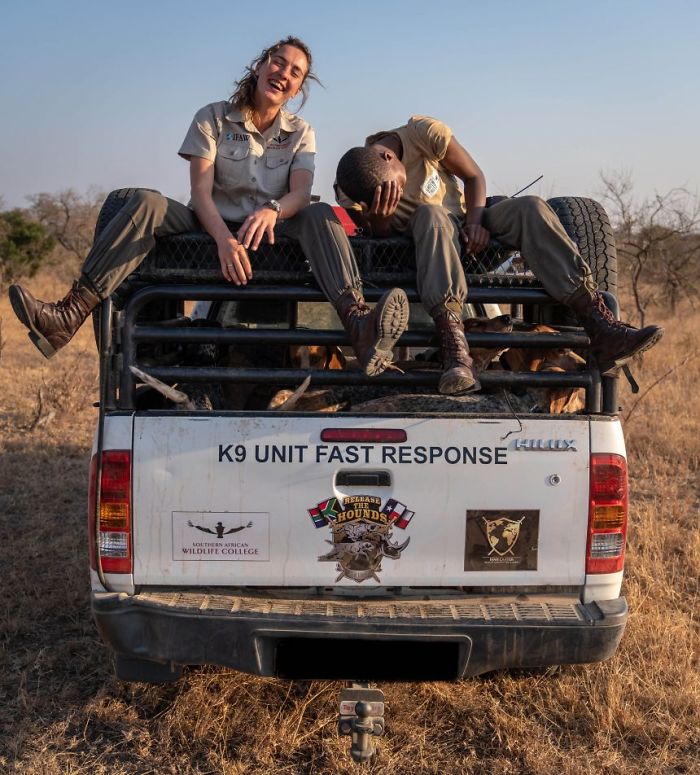
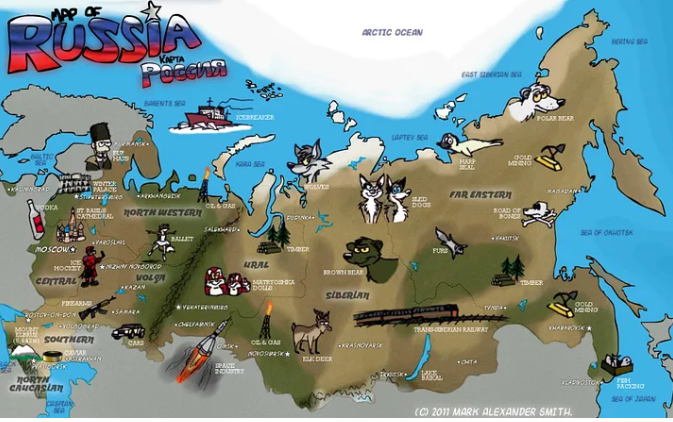


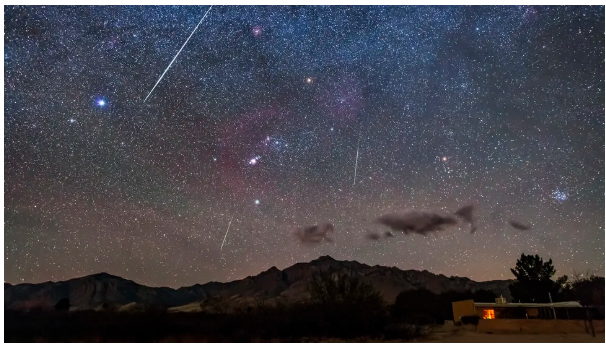


 Photographer Finds Locations Of 1960s Postcards To See How They Look Today, And The Difference Is Unbelievable
Photographer Finds Locations Of 1960s Postcards To See How They Look Today, And The Difference Is Unbelievable  Hij zet 3 IKEA kastjes tegen elkaar aan en maakt dit voor zijn vrouw…Wat een gaaf resultaat!!
Hij zet 3 IKEA kastjes tegen elkaar aan en maakt dit voor zijn vrouw…Wat een gaaf resultaat!!  Scientists Discover 512-Year-Old Shark, Which Would Be The Oldest Living Vertebrate On The Planet
Scientists Discover 512-Year-Old Shark, Which Would Be The Oldest Living Vertebrate On The Planet  Hus til salg er kun 22 kvadratmeter – men vent til du ser det indvendigt
Hus til salg er kun 22 kvadratmeter – men vent til du ser det indvendigt  Superknepet – så blir snuskiga ugnsformen som ny igen!
Superknepet – så blir snuskiga ugnsformen som ny igen!  Meteorite That Recently Fell in Somalia Turns Out to Contain Two Minerals Never Before Seen on Earth
Meteorite That Recently Fell in Somalia Turns Out to Contain Two Minerals Never Before Seen on Earth  Nearly Frozen Waves Captured On Camera By Nantucket Photographer
Nearly Frozen Waves Captured On Camera By Nantucket Photographer  It’s Official: Astronomers Have Discovered another Earth
It’s Official: Astronomers Have Discovered another Earth 
iljitf
0modho
66ylkq
15v8ce
pgu690
72u51o
590×52